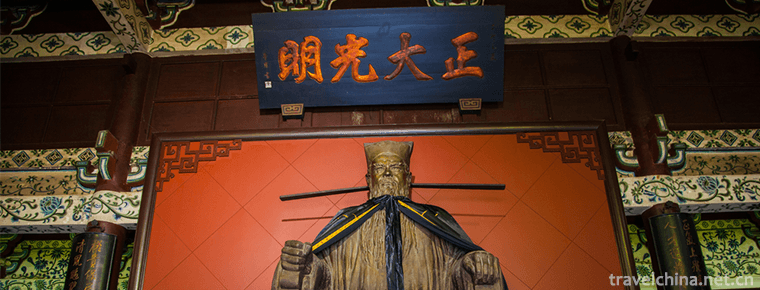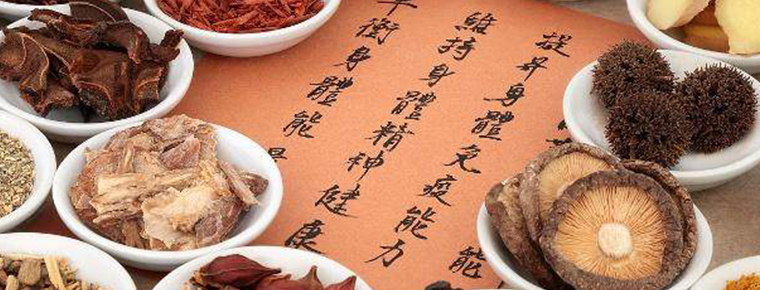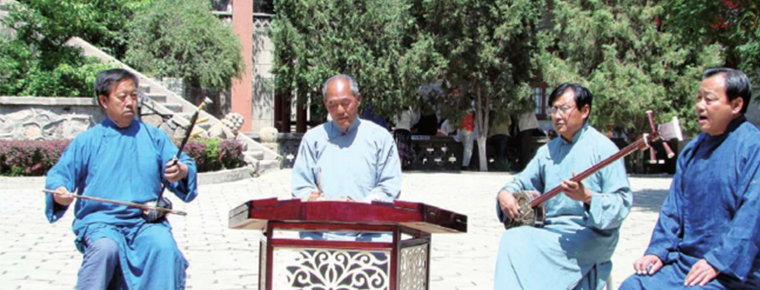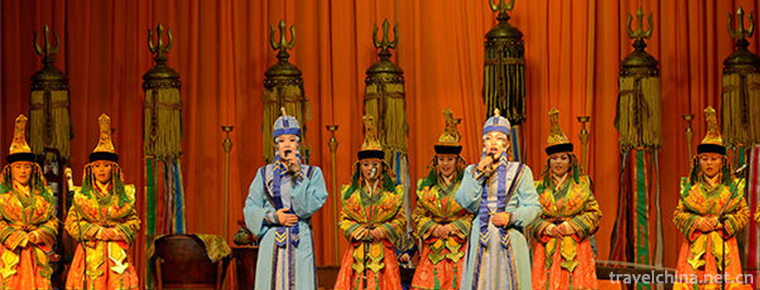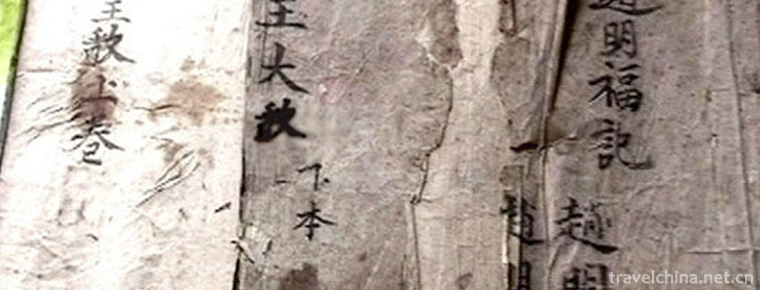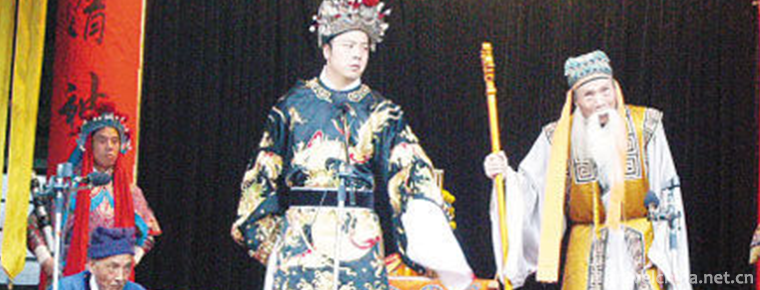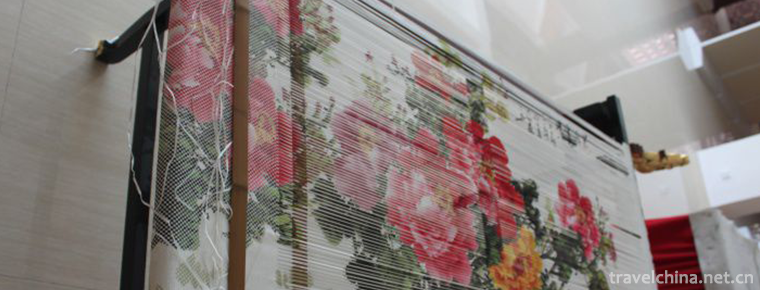Ming style Furniture Making Skills
Ming style Furniture Making Skills
Ming-style furniture making skills, local traditional handicraft in Suzhou City, Jiangsu Province, one of the national intangible cultural heritage.
Ming-style furniture production techniques began in the Five Dynasties, after the Song Dynasty, including Liao and Jin Dynasties. In the Ming Dynasty, it reached a brilliant peak and developed into different typical styles in the middle of Qing Dynasty. In the period of the Republic of China, it was influenced by foreign cultures, forming a unique traditional furniture making skills and typical styles in Suzhou.
On May 20, 2006, Ming-style furniture making skills were approved by the State Council and listed in the first batch of national intangible cultural heritage list, project number: _-45.
historical origin
During the Song and Yuan Dynasties, the furniture making techniques in Suzhou were difficult to verify because of the few objects, so they could only be seen from the painters of Song Dynasty. They were far apart from the objects, and it was difficult to study their manufacturing techniques comprehensively. However, the rule was that the tools used to make furniture determined the furniture shape. It is recorded in the literature that the "silver soot blowing" and "copper alloy iron" smelting methods were invented in the Southern Song Dynasty, and that the use of coking coal for iron smelting was a milestone of great significance in the history of Chinese metallurgy. It can be seen from this that sharp furniture making tools have been produced at this time, and furniture can be made from relatively hard wood. The furniture in Han Xizai's Banquet Picture, Banana Shade Ball Picture and Nv Xiao Jing Picture are analyzed. From its shape, there is no style of lacquer wood furniture in Sui and Tang Dynasties. The furniture is simple in shape and fine in material. The hardness of the furniture material it paints has reached the hardness of Huali wood. If these three paintings reflect the furniture of the time, then we can be sure that the woodworking tools made by their furniture have been significantly improved.
The Ming Dynasty was founded in 1368. Furniture production in the Ming Dynasty developed on the basis of inheriting the skills of furniture production in the Song Dynasty. In the early Ming Dynasty, there were three kinds of production forms coexisting. The first type of lacquer wood furniture gradually dropped out of the dominant position with the gradual improvement of the production techniques of hardwood furniture and the popular style of modeling. The furniture making of the second kind of hard wood has begun its brilliant development course. On the basis of inheriting the production techniques of hardwood furniture in Song and Yuan dynasties, its standardized and systematic production techniques were gradually formed. In Jiajing and Wanli dynasties, the peak of ancient furniture production was reached, and the furniture with typical style at that time was formed, which was praised as "Ming style furniture" by later generations. Generally speaking, in the early and middle Ming Dynasty, the furniture form in Jiangnan area of Suzhou was lacquer wood furniture and hard wood furniture coexisting. Hardwood furniture was the main form in the middle and late Ming Dynasty.
After the Ming Dynasty died in 1644, the Qing government set its capital in Beijing, which continued the Ming Dynasty culture on furniture. This can be seen in the shape of "Soviet furniture", which inherited most of the characteristics of furniture making skills of the Ming Dynasty. By the mid-Qing Dynasty, influenced by the styles of Cantonese and Beijing furniture, new features were constantly emerging in the process of improvement, and on the basis of inheriting furniture styles of Ming Dynasty, a certain development was made, which resulted in many new shapes and styles of "Su writers'furniture", but it did not become a generation of Qing style like Cantonese and Beijing furniture. Example. It's in Suzhou, south of the Yangtze River. "Soviet furniture" was formed from the mid-Qing Dynasty to the early Republic of China. It is another typical style furniture formed in a specific period of time. It is a typical representative of "Soviet furniture" from inside to outside. It has profound cultural connotation and external modeling characteristics. It inherits the "Ming style" in shape, production technology and integrity. Furniture style.
After the Opium War, "Shanghai-style Soviet Writing Instruments" maintained the original traditional tenon-mortise structure and traditional production techniques, based on the production techniques of the Soviet writers in Ming and Qing Dynasties, taking the shape of the Shanghai-style furniture as the table, and inheriting the production techniques since Ming and Qing Dynasties in one continuous line, and based on the traditional Soviet writers'furniture techniques. However, in the concept of modelling, "Shanghai style thinking is the characteristic, catering to the current trend at that time", forming a modelling different from furniture in Ming and Qing Dynasties, "Su writers'furniture" production techniques in the Republic of China period appeared a typical feature - mosaic furniture (outside with red acid branches, Shanghai, Suzhou called old mahogany, inside with camphor wood, and so on). Cunninghamia lanceolata, whose production technology is seamless in appearance, can not be seen carefully, and its skills are amazing, which is also one of the greatest characteristics of "Shanghai-style Su furniture".
Process characteristics
structure
Wooden tenon and mortise structure has made great progress in the application of Ming style furniture. There are more than 200 tenons and mortises in Ming style furniture, which are more diversified, precise and ingenious than other wooden tenons and mortises.
function
Ming-style furniture pays attention to conform to the human body's scale, such as the design of seats, so that people do not forget etiquette when using, develop good sitting posture and polite habits, reflecting the Confucian style.
characteristic
Suzhou Ming-style furniture has formed the characteristics of "rigorous structure, smooth lines, exquisite craftsmanship, bright paint" and "concise shape, exquisite workmanship, elegant style" after thousands of refinements, which has a high artistic style.
Decorative pattern
The sculpture patterns of Su Zuo-ming furniture are often applied to thrones, bat and bamboo patterns to tables, chairs and cabinets, and Ganoderma lucidum patterns to both ends of clothes hangers and noodles and basins. Huizi pattern and honeysuckle pattern are often applied at the edge of furniture. Lotus pattern and Babao pattern are widely used. Moire pattern is often combined with dragon pattern, bat pattern, Baxian pattern and Babao pattern to form various Zhanxiang patterns.
Inheritance and protection
Inheritance value
The historical and cultural value of Ming-style furniture lies in its long-term development and milestone achievements in the field of daily-used furniture. Its integrity, rationality, practicability and decoration have reached its peak. In Ming-style furniture, whether chairs, tea tables or desks and bookshelves, its delicate shape, symmetrical proportion and clear lines fully reflect the cultural connotation and artistic temperament of furniture. It takes structural parts as decorative parts, fully reflects the natural characteristics of natural materials, refines, fits and scientific tenon and mortise techniques, and makes it reach the perfect situation.
Ming-style furniture and its production techniques have reached an unparalleled height in the field of furniture used by people everyday, and achieved milestone-like achievements. Its integrity, rationality, practicability and decoration have reached the peak. Its delicate shape, symmetrical proportion and clear lines fully reflect the cultural connotation and artistic temperament of Ming furniture. Its shape is simple and plain, not only full of fluent and meaningful line beauty, but also gives people implicit and elegant enjoyment. It takes structural parts as decorative parts, without carving or decoration, fully reflects the natural characteristics of natural materials. The concise, suitable and scientific mortise and tenon technology makes it reach the perfect situation. The essence, spirit and spirit of Ming style furniture making technology occupy an irreplaceable position in people's minds.
Inheritance status
Due to the fact that the precious timber such as pear and rosewood, which are needed for making Ming-style furniture in Suzhou, is almost entirely dependent on imports and difficult to obtain, the development of Ming-style furniture making techniques is limited.
Inheriting characters
Xu Jianping, male, was born on September 14, 1954. On May 26, 2009, Xu Jianping was selected as the representative successor of the third batch of national intangible cultural heritage projects and declared in Suzhou, Jiangsu Province. Project Name: Ming style furniture making skills.
protective measures
Since 2000, Suzhou has organized experts and technicians to set up the Suzhou Ming-style Furniture Research Institute, formulated and implemented the Ming-style Furniture Production Skills Protection Plan, and copied some of the Ming-style furniture exquisite products and treasures.
In October 2006, in order to inherit and promote the Ming-style furniture making skills, Suzhou established the China Ming-style Furniture Research Institute to carry out research and development of Ming-style furniture, inheritance and training of Ming-style furniture skills, and identification and restoration of ancient furniture. In order to realize protection and inheritance in an all-round way, the Institute and Suzhou Boya Guyi Furniture Factory jointly set up a production base. The Research Institute also went deep into the folk to search for the material objects and materials of Ming and Qing furniture left over in various parts of Suzhou, to sort out and set up detailed archives. The Institute has also set up a special exhibition room for historical materials and products of Ming style furniture in Suzhou.
In July 2010, Nanjing Guanpu Art Museum established Jiangsu Zuoming Furniture Art Research Institute and Non-Heritage Culture Tourism Base to study and display non-hereditary technology achievements, popularize non-hereditary technology knowledge, show the profound historical connotation of Chinese traditional wooden culture, and promote the production of traditional Suzuo small wooden furniture. The development of industry. Through the establishment of production base, the protection of traditional technology will be put into practice in production, and the protection of technology will be returned by production and sales.
social influence
Important Exhibitions
On the occasion of National Day 2016, the "Suzhou Creation" - Exhibition of Ming Dynasty Furniture (Suzuo) Production Skills, sponsored by the Gongwangfu Management Center of the Ministry of Culture, opened in Gongwangfu, in which the Ming Dynasty Furniture Production Skills were displayed.
On September 19, 2018, the 10th Zhejiang China Intangible Cultural Heritage Exposition and Hangzhou Craft Week opened at the Baima Lake International Conference Center in Hangzhou, in which the Ming Dynasty furniture making skills were displayed.
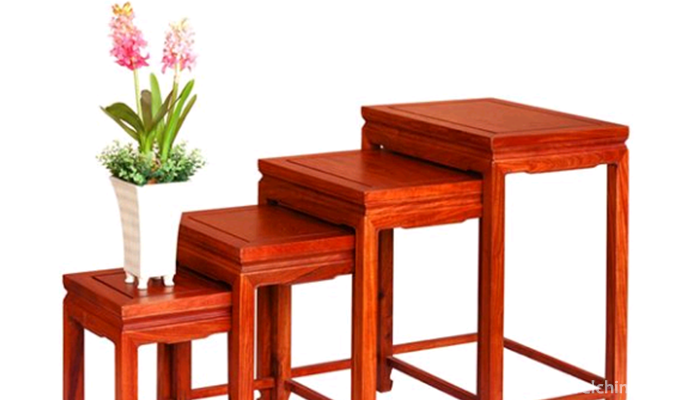

Ming style Furniture Making Skills
-
Three Gorges Dam
The Three Gorges Dam is located in Sandouping Town, Yichang City, Hubei Province, China. It is 38 kilometers from the Gezhouba
Views: 165 Time 2018-11-11 -
Bao Xiaosu Temple
Baoxiao Sugong Temple, abbreviated as "Baogong Temple", is located on a mound in the east section of Huancheng South Road, Hefei City, Anhui Province. It is the main ancient building complex
Views: 133 Time 2018-12-26 -
Traditional Chinese Medicine Culture
Traditional Chinese medicine (TCM) is the oldest and most complete medical system in the world. It is not only a method of treating diseases, but also a complete philosophy of the universe and life.
Views: 145 Time 2019-04-22 -
Lanzhou drum
Lanzhou Drum, also known as Lanzhou Drum Ci and Lanzhou Quzi, is a popular folk form in Lanzhou area and one of the ancient Chinese Quyi. Lanzhou drum is a form of music art mainly composed of sitting
Views: 199 Time 2019-05-10 -
Mongolian Khantin Music
The most important component of Mongolian traditional music is court music, which is Mongolian Khan music. Successfully selected into the fourth batch of national intangible cultural heritage list.
Views: 125 Time 2019-06-03 -
Panwang Song
Panwang Song is a collection of Yao folk poetry. Mainly spread in the residential areas of the Yao nationality in Nanling Mountains, Jianghua is a folk literature with distinct national characteristic
Views: 135 Time 2019-06-08 -
Jockey Club
The horse race held every June in the Tibetan calendar is a grand traditional festival in the northern Tibetan grassland, also known as the "Grassland Festival", which lasts from 5 to 15 day
Views: 187 Time 2019-06-12 -
Lotus in Wenzhou
Wenzhou lotus is a local opera evolved from Wenzhou Taoism, and it is also one of the main operas in Zhejiang Province. It has spread to Wenzhou (including the counties under its jurisdiction) and par
Views: 117 Time 2019-06-28 -
Yongchun Paper Weaving Painting
"Yongchun County Chronicle" records: "In the early Tang Dynasty, Yongchun had the production of paper-woven paintings. Yongchun paper weaving painting features: interwoven paper marks,
Views: 187 Time 2019-07-14 -
Southwest Jiaotong University
Southwest Jiaotong University is a national key university directly under the Ministry of Education. The first batch of national "double first-class", "211 project", "characte
Views: 176 Time 2019-08-31 -
Plant resources in Nanchong
There is only one kind of Metasequoia glyptostroboides introduced and cultivated in Nanchong City; there are two kinds of wild protected plants, namely, fragrant fruit tree and narrow leaf pygmy grass, and two kinds of cultivated Ginkgo biloba and Eucommia
Views: 365 Time 2020-12-17 -
Guangan science and technology
In 2019, 16 new high-tech enterprises will be cultivated in Guang'an City, 107 of which will be put on record by the Ministry of science and technology. One provincial high-tech industrial park, one provincial engineering technology research center and two
Views: 353 Time 2020-12-19

